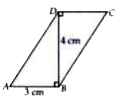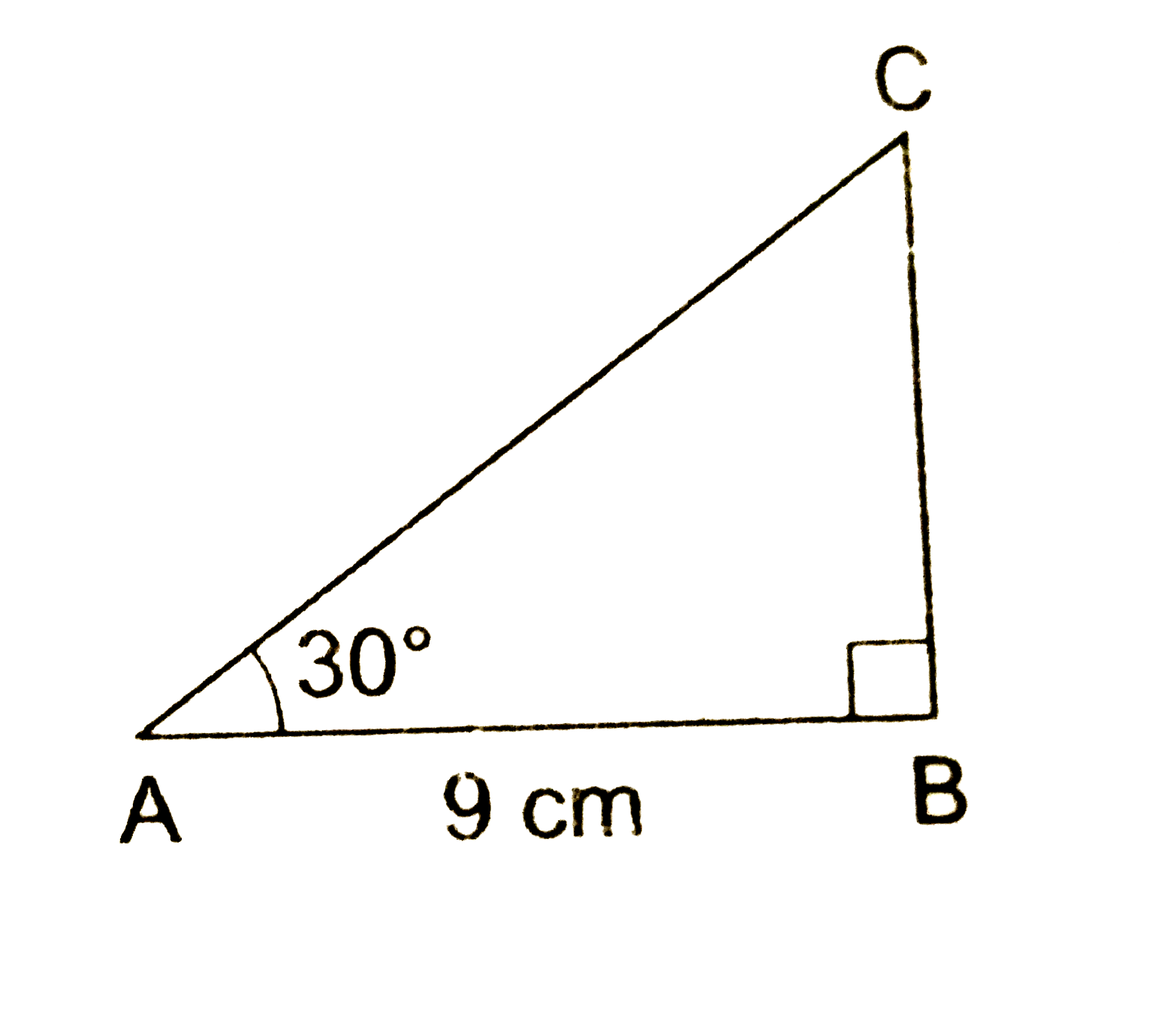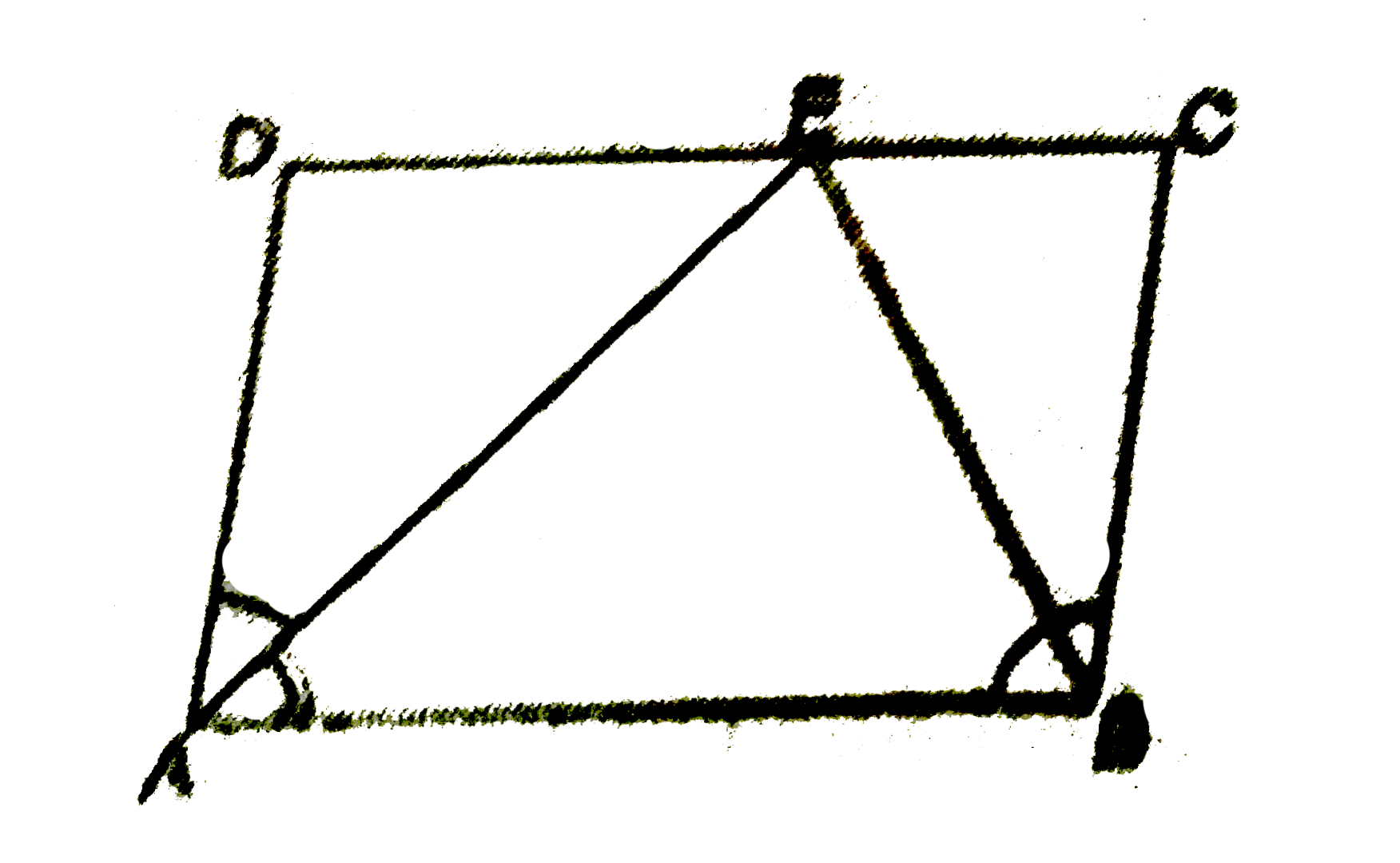In the adjoining figure a parallelogram ABCD is shown .
AB=24 cm and AO=BO=13 cm. Find BC :

8 cm
10 cm
11 cm
none of these
The correct Answer is:B
Step by step video, text & image solution for In the adjoining figure a parallelogram ABCD is shown . AB=24 cm and AO=BO=13 cm. Find BC : by Maths experts to help you in doubts & scoring excellent marks in Class 14 exams.
Topper's Solved these Questions
- BOOK - ARIHANT SSCCHAPTER - MENSURATIONEXERCISE - EXERCISE (LEVEL 2)68videos
MENSURATION
- BOOK - ARIHANT SSCCHAPTER - MENSURATIONEXERCISE - TEST OF YOUR LEARNING18videos
MENSURATION
- BOOK - ARIHANT SSCCHAPTER - MENSURATIONEXERCISE - EXERCISE (MISCELLANEOUS)59videos
MENSURATION
- BOOK - ARIHANT SSCCHAPTER - LOGARITHM EXERCISE - EXERCISE LEVEL 219videos
LOGARITHM
- BOOK - ARIHANT SSCCHAPTER - MIXED GRAPHEXERCISE - Higher Skill Level Questions15videos
MIXED GRAPH
Similar Questions
Knowledge Check
- Question 1 - Select One
In the adjoining figure, ABCD is a parallelogram. Then its area is equal to
 A9 cm2B12 cm2C15 cm2D36 cm2
A9 cm2B12 cm2C15 cm2D36 cm2 - Question 2 - Select One
In the adjoining figure, ABCD is a parallelogram. find the measure of ∠BCE.
 A40∘B140∘C60∘D80∘
A40∘B140∘C60∘D80∘
In the adjoining figure, ΔABC is right-angled at B. If ∠A=30∘ and AB=9cm, find (i)BC and (ii)AC.
 View Solution
View SolutionIn the given figure ABCD is a parallelogram. Prove that AB = 2BC.
 View Solution
View SolutionConstruct a parallelogram ABCD in which AB = 4 cm, BC = 5 cm and ∠B = 60°.
View SolutionConstruct a parallelogram ABCD, when AB=4 cm, BC=2.5 cm and ∠B=100∘.
View SolutionConstruct a parallelogram ABCD in which BC=6cm, AB=3.5cm and ∠ABC=70∘.
View SolutionConstruct a parallelogram ABCD, when AB=4 cm, BC=2.5 cm and ∠B=100∘.
View Solution


